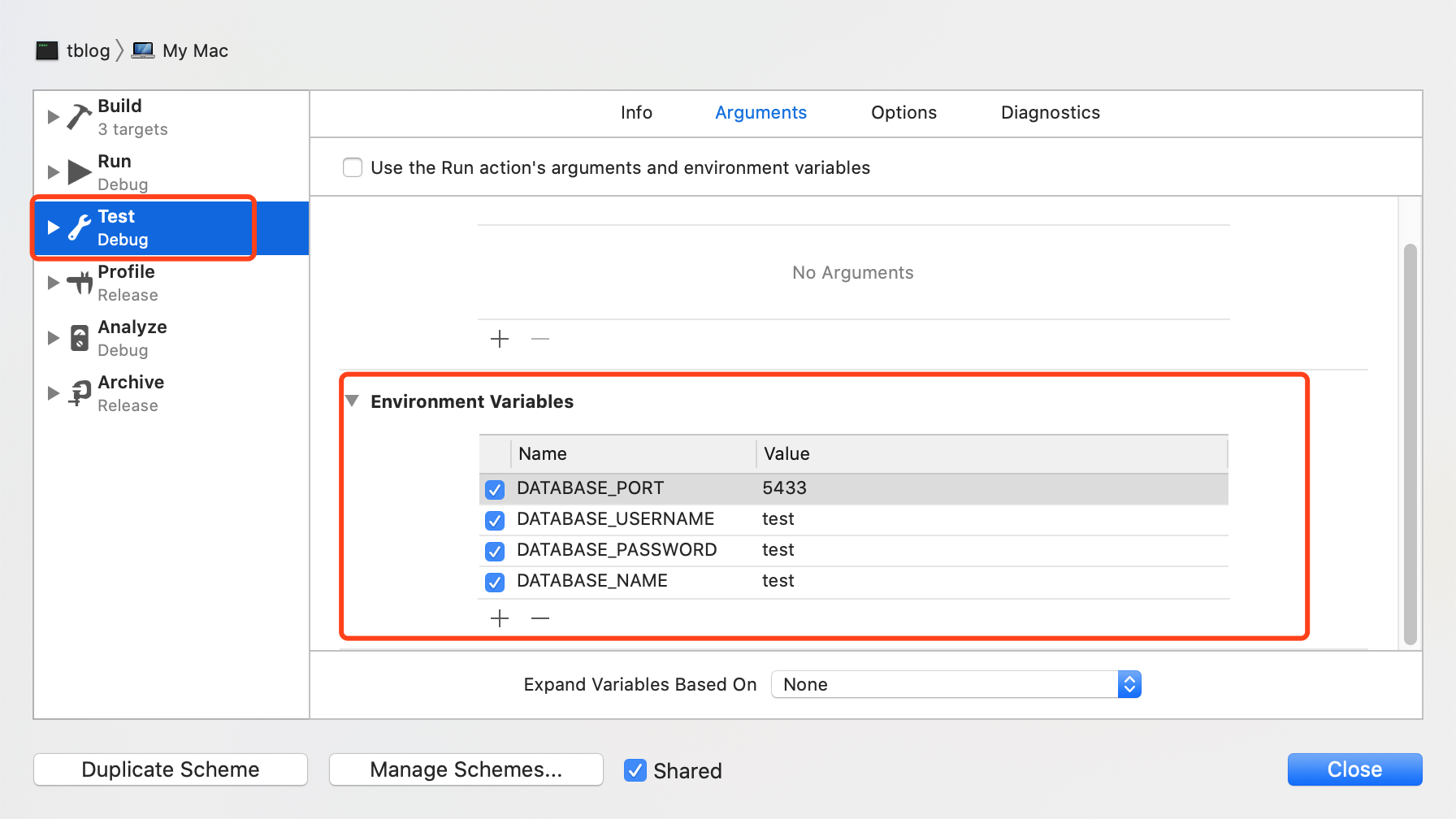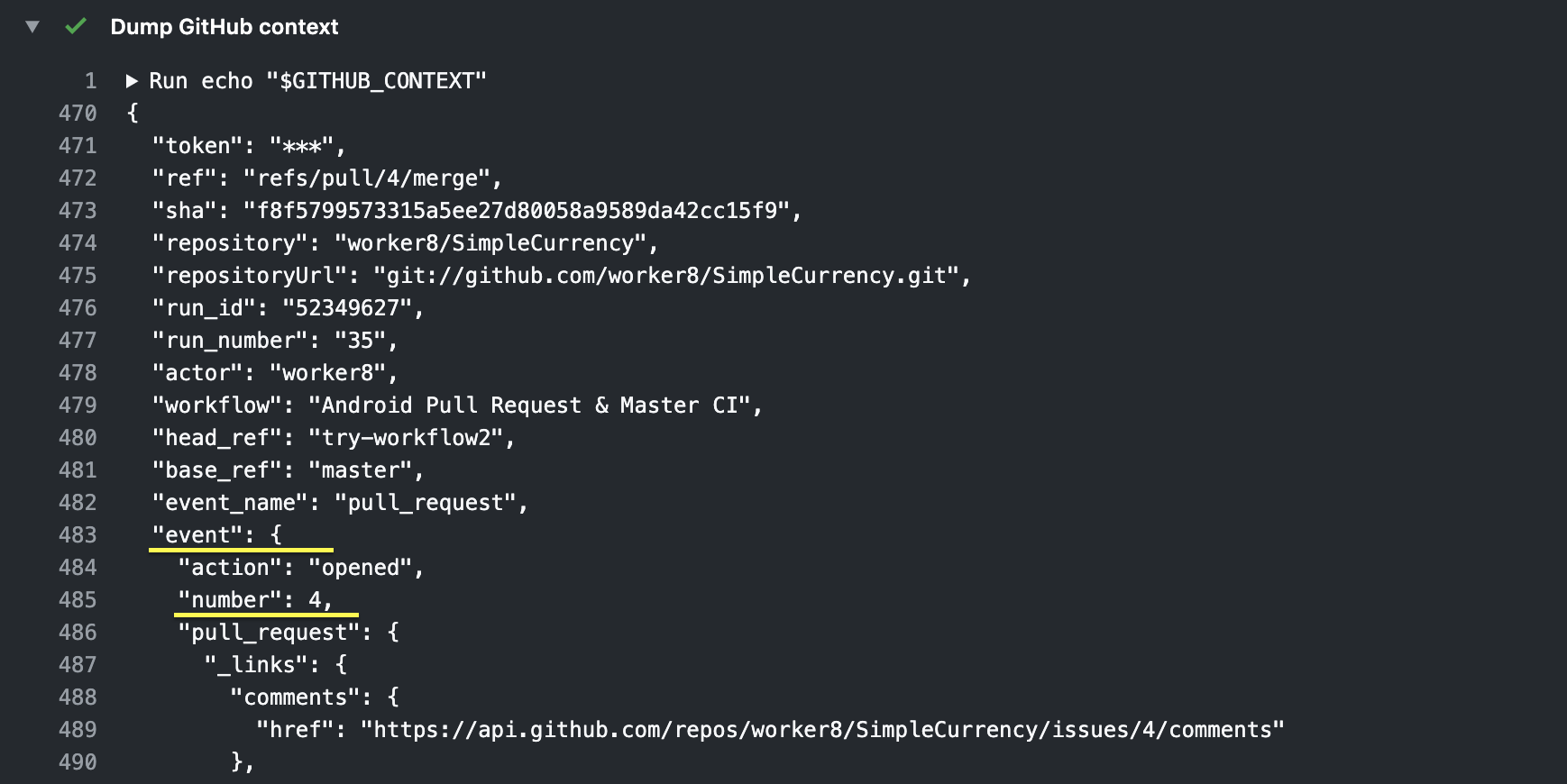


It is possible to control the order of execution of jobs in a GitHub Actions workflow with the needs parameter. In the above, we are accessing the variable uniqueVMActionsTag by referencing the outputs on the spin_up job (where it was defined) via the needs object. jobs: spin_up: runs-on: steps: - name: Spin Up VM id: spin_up uses: with: orkaIP: orkaUser: $" This list can be a single step, but it has to be defined as such in order to set its output to the outputs on the job itself. In order to store output from a job (in order to pass it to another job), you will need to define a list of steps to execute within the job. In the above, we have ensured that “Hello” and “World” will always be written in the correct order because job2 needs job1 – that is, it cannot begin until job1 has been completed. jobs: job1: runs-on: macOS-latest run: echo "Hello" job2: needs: runs-on: macOS-latest run: echo "World" In order to control the order of execution of the various jobs within your workflow, you will need to set the needs value for the job to a list containing the ids of all jobs that must complete before it does. Controlling Order of Execution of Jobs with needs We’ll answer exactly those questions today as we look at needs, outputs, and variables to control the order of execution of multiple GitHub Actions jobs and to pass variables between those jobs. This can be very beneficial in terms of reduced overall execution time for the workflow, but what if you need jobs to be executed in a given order? Moreover, what if you need to pass output from one job to the next, which requires that very output to run? If there are multiple runners with matching labels available, then the jobs in the workflow will each execute at the same time. This means that they will each execute as soon as a suitable runner is found. Github Actions environment variables allow you to store informationAPI keys, login credentials, app secrets, constants, etcto use in your Github Actions jobs. Jobs can be further broken down into steps that run in sequential order within a given job.īy contrast, jobs run in parallel by default.
#GITHUB ACTIONS ENVIRONMENT VARIABLES SERIES#
GitHub Actions workflows can be broken down into jobs, which require a runs-on value – that is, a label or series of labels that tell GitHub Actions where to execute the job.


 0 kommentar(er)
0 kommentar(er)
